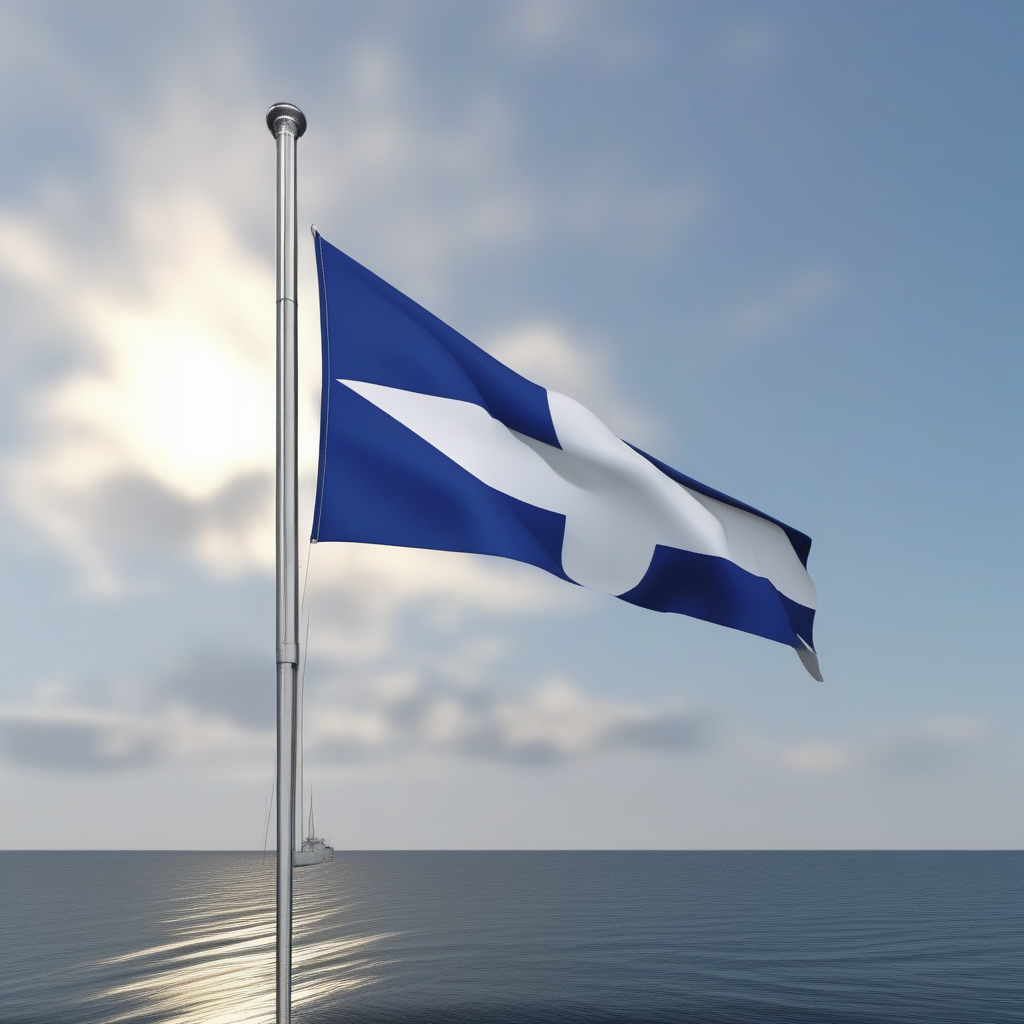Heliographs are communication devices that utilize sunlight to transmit messages across long distances. The word “heliograph” is derived from the Greek words “helios,” meaning sun, and “grapho,” meaning to write. This system of communication was particularly popular in the late 19th and early 20th centuries when telegraph wires were not yet deployed over vast areas.
The basic design of a heliograph consists of a mirror that can be adjusted to reflect sunlight towards a specific direction. By moving the mirror back and forth, the light flashes in a sequence that can be understood as a series of dots and dashes, similar to Morse code. The recipient of the message can then interpret these flashes and decipher the encoded message. Heliographs were often used in military operations as they allowed for quick communication between different units across battlefield distances.
One of the pioneers in heliographic communication was the French engineer, Claude Chappe, who developed the first practical semaphore telegraph system in the late 18th century. His system used large towers with movable arms or paddles that could indicate different letters or numbers. Although not strictly a heliograph, Chappe’s semaphore telegraph relied on visual signals like heliographs do, using line of sight to transfer information.
Overall, heliographs played a crucial role in enabling long-distance communication in areas where traditional means like telegraph wires were not available or practical. Their use gradually declined as wireless communication technologies such as radios became more advanced and readily accessible. However, heliographs remain an important part of communication history and a testament to humanity’s ingenuity in developing creative solutions to overcome challenges.
